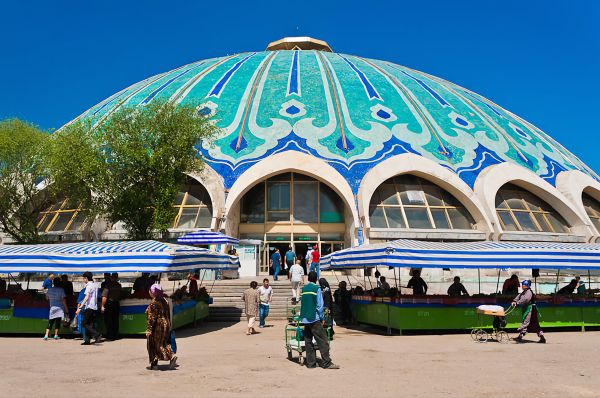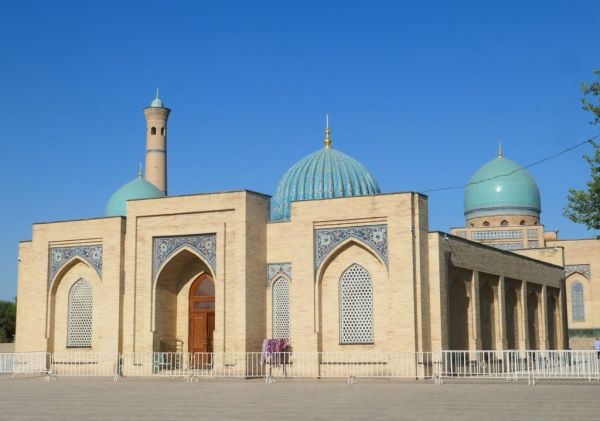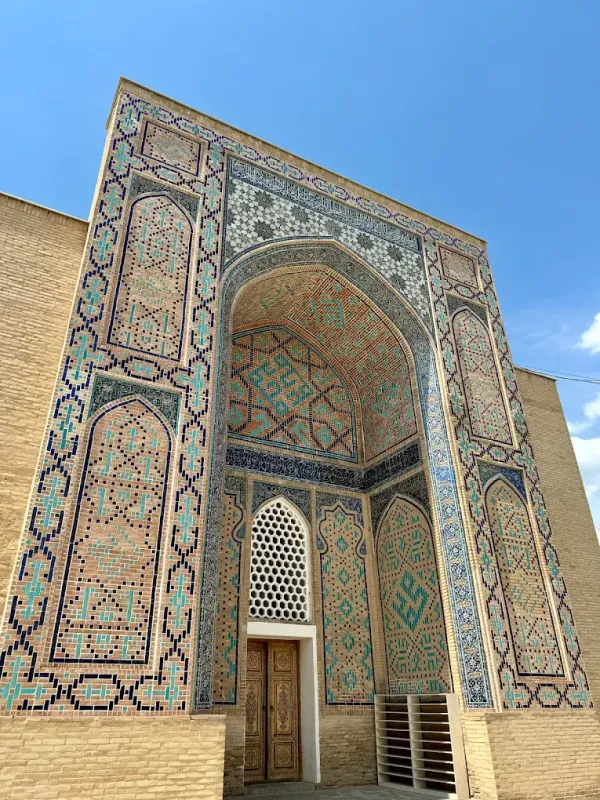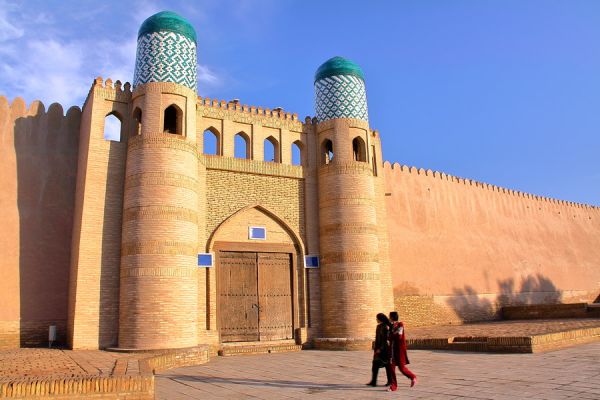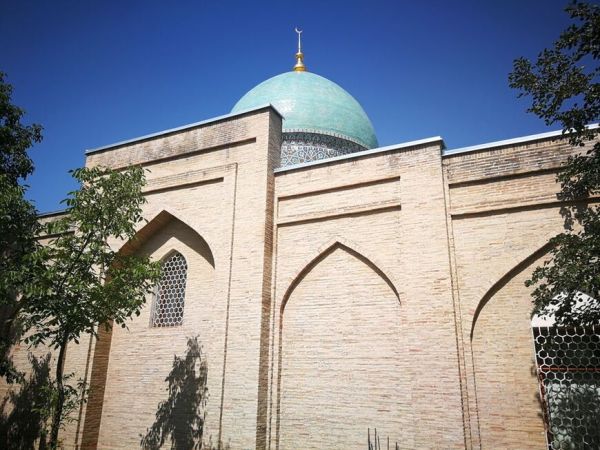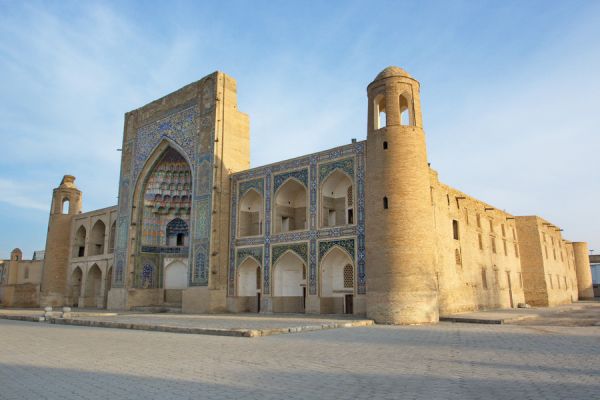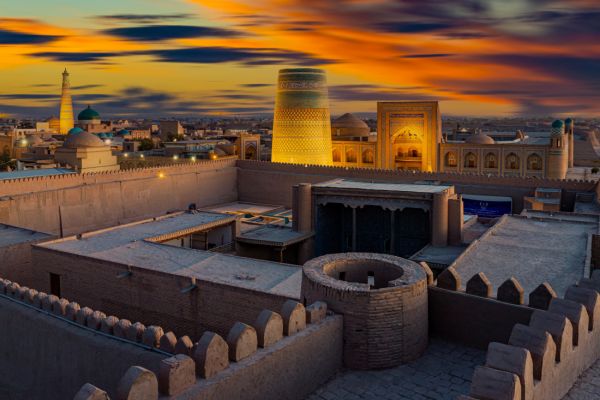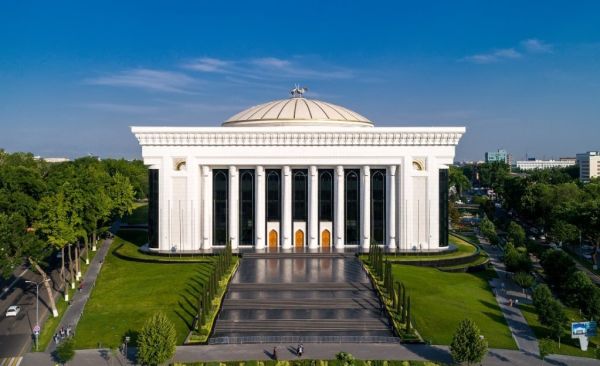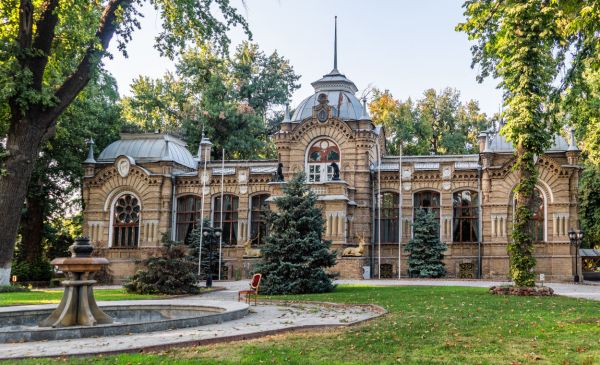Faizabad Khanaka
At the end of the 16th century, a mosque was built in medieval Bukhara, in the vicinity of the Faizabad area, as a refuge for dervish monks traveling to holy places. The Faizabad Khanaka Mosque was built by the famous Sufi Mavlono Poyanda, Muhammad Ahsi Fayzobodi. The building was once called "Shohi Ahsi", but later the mosque was renamed in honor of the Sufi who built it. The building is conventionally divided into two parts: a mosque with a mihrab for prayers in the direction of Mecca and a khanaka with three floors of cells where the dervishes could rest and live for a while.
The mosque is an example of 16th century architecture, where symmetry and clear proportions are maintained throughout. The facade of the building is built on a stepped portal, and the sides of the building are decorated with monumental arched-domed galleries. The Khanaka of Faizabad is comparable to the large and bright hall of the palace. The architecture of the building is imbued with grace, beauty and simplicity. The height of the building increases from the low wings of the galleries to the entrance portal. Due to the through-the-wall galleries, the khanaka looks elegant and airy. The luxurious and sophisticated interior of the Faizabad khanaka is dominated by white patterns shaded with a color stripe. The main dome inside is decorated with an amazingly beautiful pattern of a thin layer of white gancha on colored plaster in the chaspak technique, which gives the dome a certain weightlessness.
Today, you will no longer find dervishes here, but the aura of sincere faith fills the building to this day.


